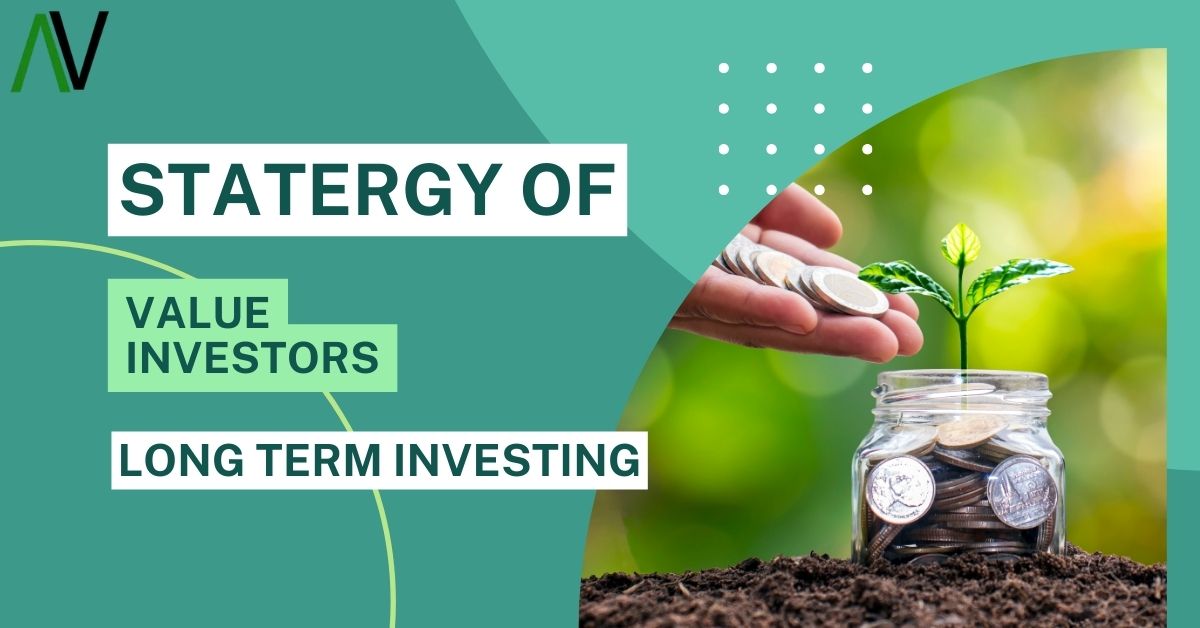Learning from these skilled value investors is like gaining access to a wealth of knowledge. They’ve weathered market storms, witnessed bull runs, and gained vital experience along the way. By analyzing their tactics, we can avoid frequent errors and make more informed stock investments.
Value investors value fundamental analysis over short-term market volatility. They concentrate on determining a company’s business strategy, competitive edge, and managerial quality. This attitude enables them to recognize opportunities that others may overlook. So, what? This strategy of stock selection can often result in considerable long-term profits.
Unlike speculators who chase hot trends, long-term value investors are patient. They are not affected by market speculation or panic selling. They follow their investment thesis as a discipline. They adhere to their principles and hence accumulate riches consistently over time.
I’ve been a stock investor since 2007-08. During the past 16 years, I’ve watched value investors acquire the respect of both peers and newcomers.
Understanding Value Investing
Long-term value investing focuses on the long term. It is about identifying undervalued firms with significant growth potential.
Long-term value investing is essentially purchasing into businesses that are trading below their intrinsic value. Investors seek organizations with profitability, consistent cash flows, an economic moat, and solid financials. These factors distinguish them from their colleagues.
These investors are thorough researchers. They perform detailed analyses to gain a better understanding of the firms in which they invest. They also go beyond the metrics to determine the effectiveness of a company’s management team. Warren Buffett is a value investor who believes that a company’s moat is extremely important.
Value investors typically have a contrarian outlook. What does this mean? They’re not scared to go against the grain. They frequently invest in out-of-favor stocks that others are unwilling to buy in at the moment. They invest in these companies, assuming that demand for their stock would return when the situation changes.
The contrarian method is looking for possibilities in out-of-favor organizations that are currently suffering difficulty. They understand that market mood can contribute to mispricing. These occurrences present chances for patient, long-term investors.
Finding Value Stocks
Value investors’ primary goal is to identify investment opportunities with long-term growth potential. How do they do this? By selecting possible stocks and then conducting in-depth research and analysis on a select handful of them.
Their concentration is always on firms with solid fundamentals. When they say fundamentals, they mean consistent revenue and profit growth, low debt levels, strong profitability, and adequate liquidity. Investors such as Warren Buffett place a premium on the quality of management and the competitive moat of companies.
By recognizing companies with these traits, value investors boost their chances of uncovering a multibagger.
worth investors employ a variety of valuation criteria to determine the inherent worth of stocks. Discounted Cash Flow (DCF) is one of the most often utilized valuation models. People can also use the relative price valuation technique (which is simpler) to determine if a stock is undervalued or not. Investors can use indicators such as the price-to-earnings ratio, price-to-book ratio, PEG ratio, and so on to assess valuation.
Key Takeaways
Implementing lessons from long-term value investors into our investment strategy can considerably increase our chances of success in the stock market. Here are some useful insights from this post.
- Focus on Intrinsic worth: Assessing a company’s intrinsic worth is critical. Never make purchasing judgments based simply on market prices. Conducting extensive study to understand the underlying fundamentals and growth prospects of potential firms is critical.
- Patience and Discipline: Take a patient and disciplined attitude to investment. Prepare to wait a long time for stock prices to correct and fall below their fundamental worth. Once we have such stocks in our portfolio, we must strive to maintain them stable for years. We must not make rash decisions based on short-term market swings.
- Quality Over number: When selecting equities for a portfolio, quality should take precedence over number. Instead of pursuing multiple chances, one should concentrate on discovering a few high-quality enterprises that have significant competitive advantages and growth potential.
- Maintaining a calm and reasonable mindset during times of market turbulence is critical. One should avoid making emotional conclusions. Sticking to our long-term investing strategy and focusing on the fundamentals of the firms in which we have invested can be quite beneficial.
- Diversification: Creating a diverse portfolio to reduce risk is also critical. Diversifying our investments across industries, equities, and asset classes is critical. This will mitigate the impact of market volatility on our portfolio when the market is doing poorly.
Challenges and Considerations
To thrive in the stock market, investors must traverse a number of hurdles and factors associated with value investing. Here is a list of some of them demanding our immediate attention:
- One of the most difficult obstacles is remaining disciplined and patient during the investment process. Investors should avoid making rash judgments based on short-term market swings.
- Another challenge is detecting undervalued possibilities despite market noise and volatility. Comprehensive study and analysis are required to distinguish between temporary setbacks and true investing opportunities.
- We should also be aware of their scope of skill. We should avoid investing in businesses that we don’t comprehend.
- Investor psychology and behavior can also be challenging. Emotional reactions to market corrections (panic), fear of missing out (FOMO), and herd mentality can all contribute to illogical investment decisions. Overcoming psychological biases necessitates discipline and self-awareness. We must prioritize long-term fundamentals over short-term noise.
- Value investors must evaluate macroeconomic conditions, regulatory changes, and industry trends that may affect their investment thesis. Staying educated and adaptive to shifting market conditions is critical for stock investment.
Keeping a long-term perspective and adhering to a well-defined investing strategy can help investors overcome these obstacles.
Conclusion
Long-term value investing represents a disciplined strategy to wealth growth. It focuses on patience, rigorous investigation, and fundamental analysis. What I’ve shared here are a few insights I’ve gained from experienced value investors (by reading and seeing their speeches).
These are the fundamental concepts of value investment. We can utilize these to find undervalued opportunities with long-term growth potential.
While market volatility and emotional biases may occur, remaining disciplined and adhering to a well-defined investment strategy is critical.
Building a diverse portfolio and being up to date on market movements can help investors handle uncertainty and reduce risk.
Finally, the key to success is to have a long-term view, be patient during market swings, and focus on the fundamental worth of excellent enterprises.






Your point of view caught my eye and was very interesting. Thanks. I have a question for you.